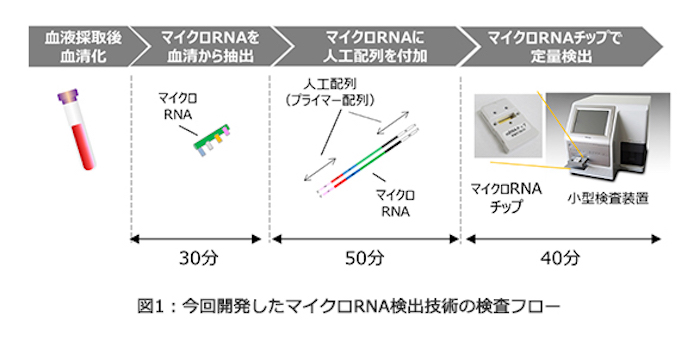Why early cancer detection is important
Researchers say that an early cancer diagnosis is the only way to cure the disease, a challenging task considering the difficulty of detecting warning signs.
While mass population screening is advocated for breast and cervical cancer using mammography and cytology, there are ongoing studies aiming to find low cost alternative screening methods.
On October 21 this year, the International Alliance for Cancer Early Detection announced a new £55 million partnership between researchers from the United States and the United Kingdom aiming to accelerate and revolutionize research in the early detection of cancers.
Meanwhile, start-ups are targeting preventive testing methods to detect disease before early cancer signs. Thrive has raised $110 million to finance the commercialization of CancerSeek, a cancer screening method based on blood test and machine learning technology, developed by medical experts at John Hopkins University. Currently in development, CancerSeek is not yet available to patients.
Toshiba’s cancer screening technology offers high accuracy
On November 25 2019, Toshiba Corporation announced a simple and accurate cancer screening method, a microRNA-based blood test.

Screening process flow: ① microRNA extracted from blood ( takes 30 min ); ② artificial sequencing of microRNA (takes 50 min); ③ microRNA chip inserted in the screening device (takes 40 min).
The company has worked together with Tokyo Medical University and National Cancer Center to develop “microRNA-based cancer screening”. It is based on medical scientists’ expertise on microRNAs (※1) and Toshiba’s technology for extracting microRNAs.
(※1)MicroRNAs (miRNAs) are small RNA molecules with important roles in the specification and function of human cells. MicroRNAs are intensely studied as candidates for diagnostic and prognostic biomarkers.
Toshiba’s technology is applicable to screen for 13 types of cancer, including stage zero cancer, with 99 percent accuracy. The small-sized screening device can deliver medical examination results within a two-hour timeframe.
Aiming to make the new technology available to the public, the company intends to make progress on technology testing in 2020.





